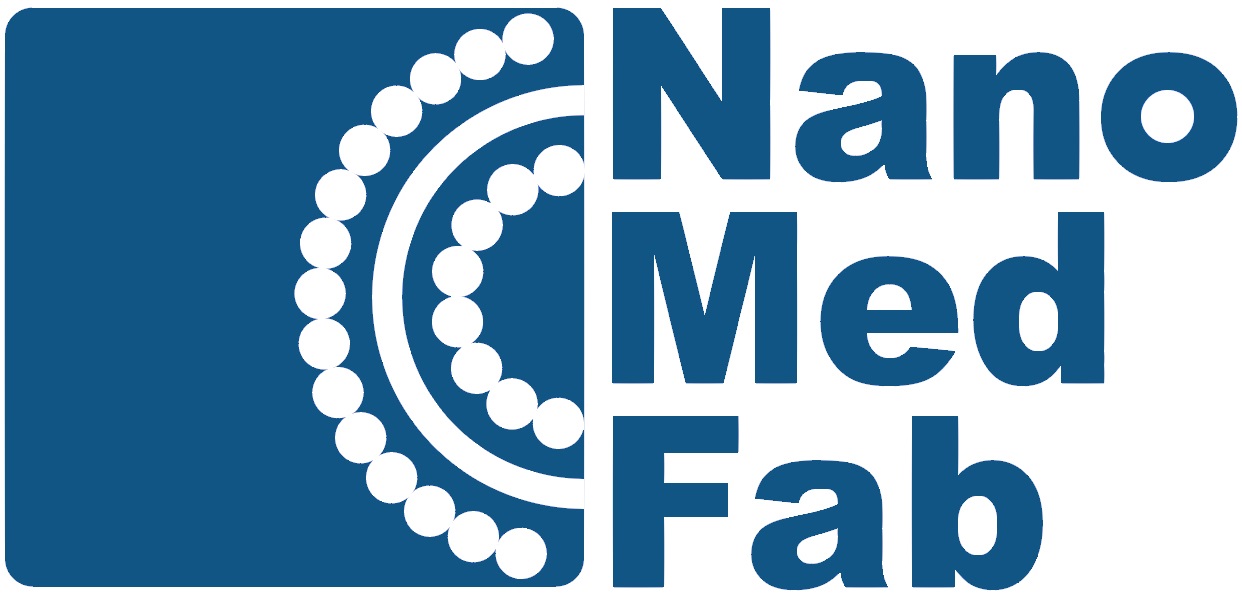Recently, Dr. Gang Zheng's lab published an interesting approach for drug delivery and multimodal imaging - by imploding their own porphyrin microbubbles into nanoparticles. This unique approach was published and highlighted in an recent issue of Nature Nanotechnology. The same issue also features the first author of the publication, Dr. Elizabeth Huynh.
An illustrative figure showing the conversion of the microbubbles into nanoparticles upon ultrasound. Image adapted from Nature Nanotechnology
These porphyrin microbubbles exhibit multimodal imaging capabilities as they are formed from a porphyrin-lipid shell encapsulating perfluoropropane gas. Upon exposure to ultrasound, the microbubbles (1 to 10 μm) burst and form smaller nanoparticles (5 to 500 nm) that retain the encapsulated payload and possess the same optical properties as the original microbubble.
The manuscript, titled "In situ conversion of porphyrin microbubbles to nanoparticles for multimodality imaging", has been published in an recent issue of Nature Nanotechnology. A pdf version of the paper can be accessed here.
In addition, Nature Nanotechnology featured this new theranostic strategy in its highlight section, with the title: From micro to nano in seconds.
“Working in large collaborations can help you understand how nanotechnology is closely related to other fields.”
Elizabeth Huynh, the first author of the publication who recently obtained her Ph.D. degree in medical biophysics at the University of Toronto, was also featured in Nature Nanotechnology, and shared with us her insights and approaches on research in this featured article: From nano to micro and back.
